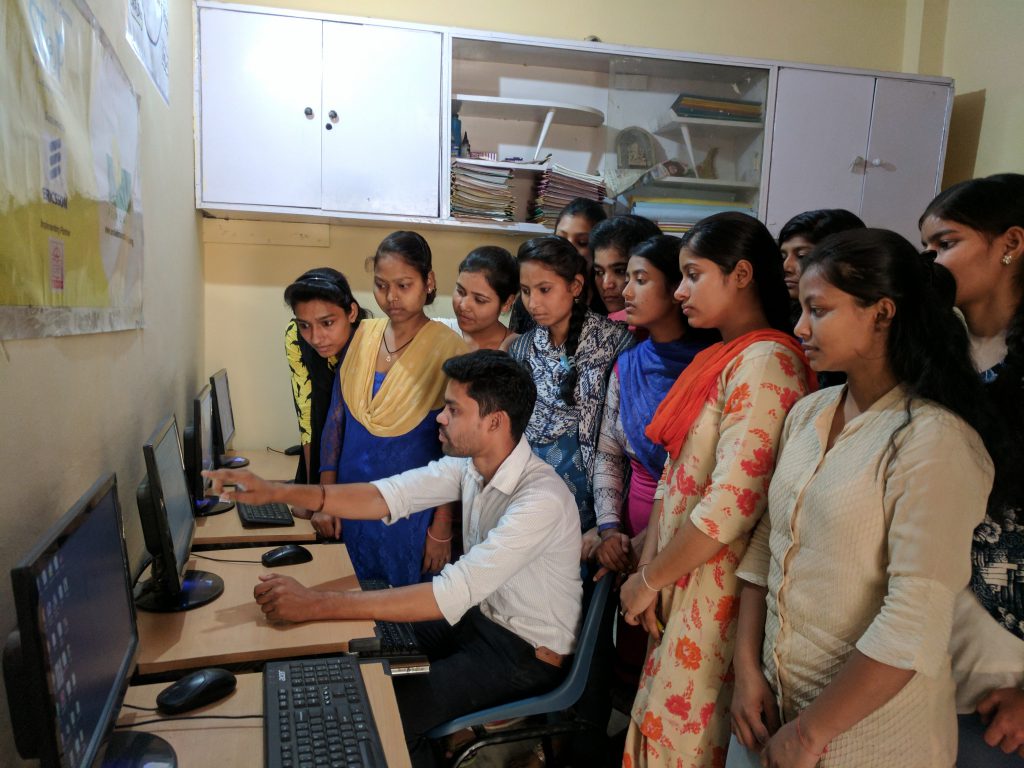Healthcare is a fundamental human right, and its accessibility, affordability, and availability are paramount to ensuring the well-being of individuals and communities. The concept of AAA, which stands for Accessibility, Affordability, and Availability, represents the cornerstone of a robust and equitable healthcare system.
The Three Pillars of AAA in Healthcare
1. Accessibility
Healthcare for All
Accessibility means that healthcare services should be within reach for every individual, regardless of their geographical location, socioeconomic status, or physical abilities. It encompasses the idea that nobody should be left behind when it comes to receiving medical attention. Achieving healthcare accessibility involves:
a. Geographical Access: In India, ensuring geographical access remains a significant challenge due to the vast and diverse landscape. According to data from Data Commons, there is a significant variance in healthcare facility density across states. States like Kerala have a higher density of healthcare facilities, while others like Bihar face disparities.
b. Financial Accessibility: The economic status of individuals should not be a barrier to healthcare access. According to many studies, healthcare costs remain a significant burden for many Indian households. Achieving financial accessibility involves reducing or eliminating out-of-pocket expenses and providing health insurance options.
c. Physical Accessibility: Ensuring that healthcare facilities are physically accessible to people with disabilities is a critical aspect of AAA. The Rights of Persons with Disabilities Act, of 2016, mandates accessible healthcare infrastructure.
2. Affordability
No One Left Bankrupt
Affordability implies that healthcare should not lead to financial hardship for individuals or families. Medical expenses can be a significant burden, and achieving affordability involves:
a. Universal Health Coverage: India has made strides in universal health coverage through initiatives like Ayushman Bharat. Ayushman Bharat, officially known as the Pradhan Mantri Jan Arogya Yojana (PM-JAY), is a flagship healthcare insurance program launched by the Government of India on September 23, 2018. The program aims to provide financial protection and quality healthcare services to vulnerable and economically disadvantaged families across the country.
Ayushman Bharat is considered one of the largest government-funded healthcare programs globally. Under this scheme, eligible beneficiaries receive health insurance coverage for various medical treatments and hospitalization expenses. The insurance coverage extends to pre-existing diseases as well.
Beneficiaries can receive financial coverage of up to INR 5 lakh (5,00,000) per family per year for secondary and tertiary healthcare services. This coverage includes hospitalization expenses, surgeries, diagnostic tests, and other medical treatments.
Ayushman Bharat ensures cashless transactions for medical treatments. Beneficiaries can receive medical care at empaneled hospitals without the need for upfront payments. Ayushman Bharat aims to alleviate the financial burden of healthcare expenses on vulnerable families, reduce out-of-pocket spending, and improve access to quality healthcare services.
b. Price Regulation: Controlling the cost of healthcare services, medications, and medical equipment is essential to prevent price gouging. The government has taken measures to cap prices on essential drugs and medical devices.
c. Preventive Care: Focusing on preventive measures and early intervention, such as immunization and maternal care programs, helps reduce the overall cost of healthcare.
3. Availability
Right Care, Right Time
Availability means that healthcare services should be available when needed, without delays or shortages. This involves:
a. Sufficient Healthcare Workforce: India faces a shortage of healthcare professionals, especially in rural areas. There is a significant urban-rural divide in healthcare workforce distribution.
b. Well-Equipped Facilities: Equipping healthcare facilities with the necessary medical equipment, technologies, and medications to provide quality care is crucial.
c. Emergency Response: Establishing efficient emergency medical services and disaster response systems is vital.
The Benefits of AAA in Healthcare
- Improved Health Outcomes: When healthcare is accessible, affordable, and available, people are more likely to seek medical attention when needed. This leads to early diagnosis and treatment, ultimately improving health outcomes and reducing the severity of illnesses.
- Reduced Health Disparities: AAA narrows the gap in healthcare access and outcomes among different populations, including low-income individuals and marginalized communities.
- Economic Prosperity: Affordable healthcare prevents families from falling into poverty due to medical expenses, and a healthier population contributes to overall economic growth.
- Public Health Preparedness: The availability of healthcare resources and facilities ensures that communities are prepared to respond to health crises and pandemics effectively.
Steps Towards Achieving AAA in Healthcare
- Policy Reforms: Governments should implement more policies that prioritize healthcare accessibility, affordability, and availability. This may include healthcare subsidies, price controls, and incentives for healthcare professionals to work in underserved areas.
- Investment in Healthcare Infrastructure: Building and upgrading healthcare facilities, especially in rural and remote areas, is crucial. This includes the establishment of telemedicine services to reach underserved populations.
- Health Education: Promoting health literacy and awareness within communities empowers individuals to take proactive measures for their well-being.
- Private Sector Collaboration: Engaging with the private sector to expand healthcare services and reduce costs through public-private partnerships.
- International Cooperation: Collaborating with international organisations and sharing best practices to improve healthcare systems.
Conclusion
The AAA framework, encompassing Accessibility, Affordability, and Availability, represents the ultimate goal of healthcare systems worldwide. It ensures that healthcare is not a privilege but a right for all individuals, regardless of their circumstances. Achieving AAA requires concerted efforts from governments, healthcare providers, and communities. By prioritising these principles, we can create a healthier, more equitable, and prosperous world for everyone.
Support the healthcare of the unreached rural Indian populations by reading what Smile Foundation does in its health program and possibly making a thoughtful donation/partnership to make healthcare reach those who need it the most.










One reply on “Accessibility, Affordability and Availability (AAA) in Healthcare”
The concept of AAA, which stands for Accessibility, Affordability, and Availability indeed a great work done by the foundation